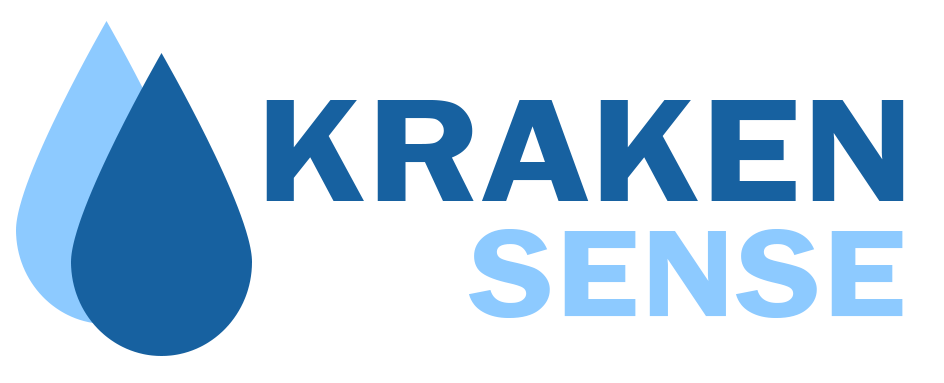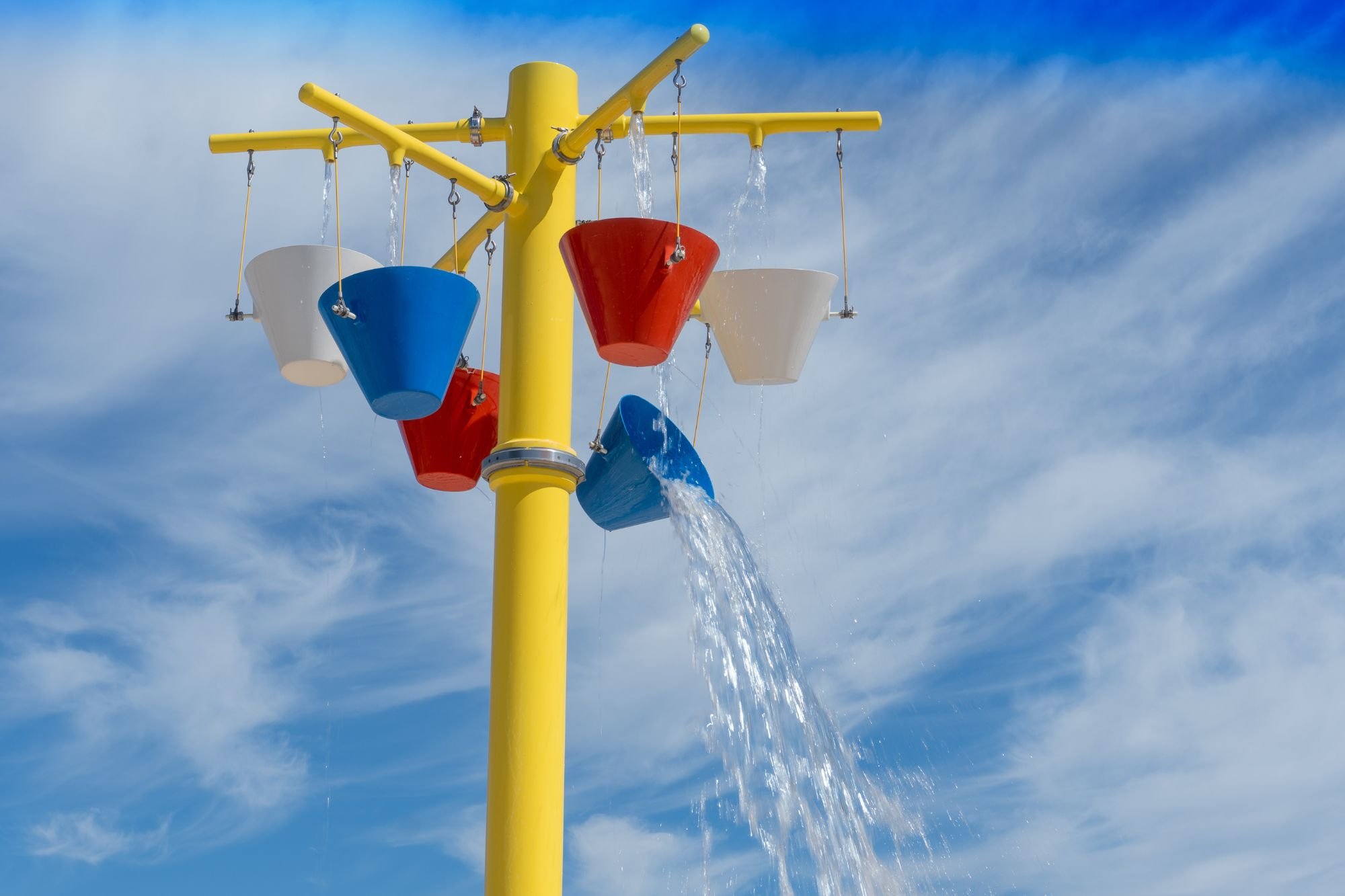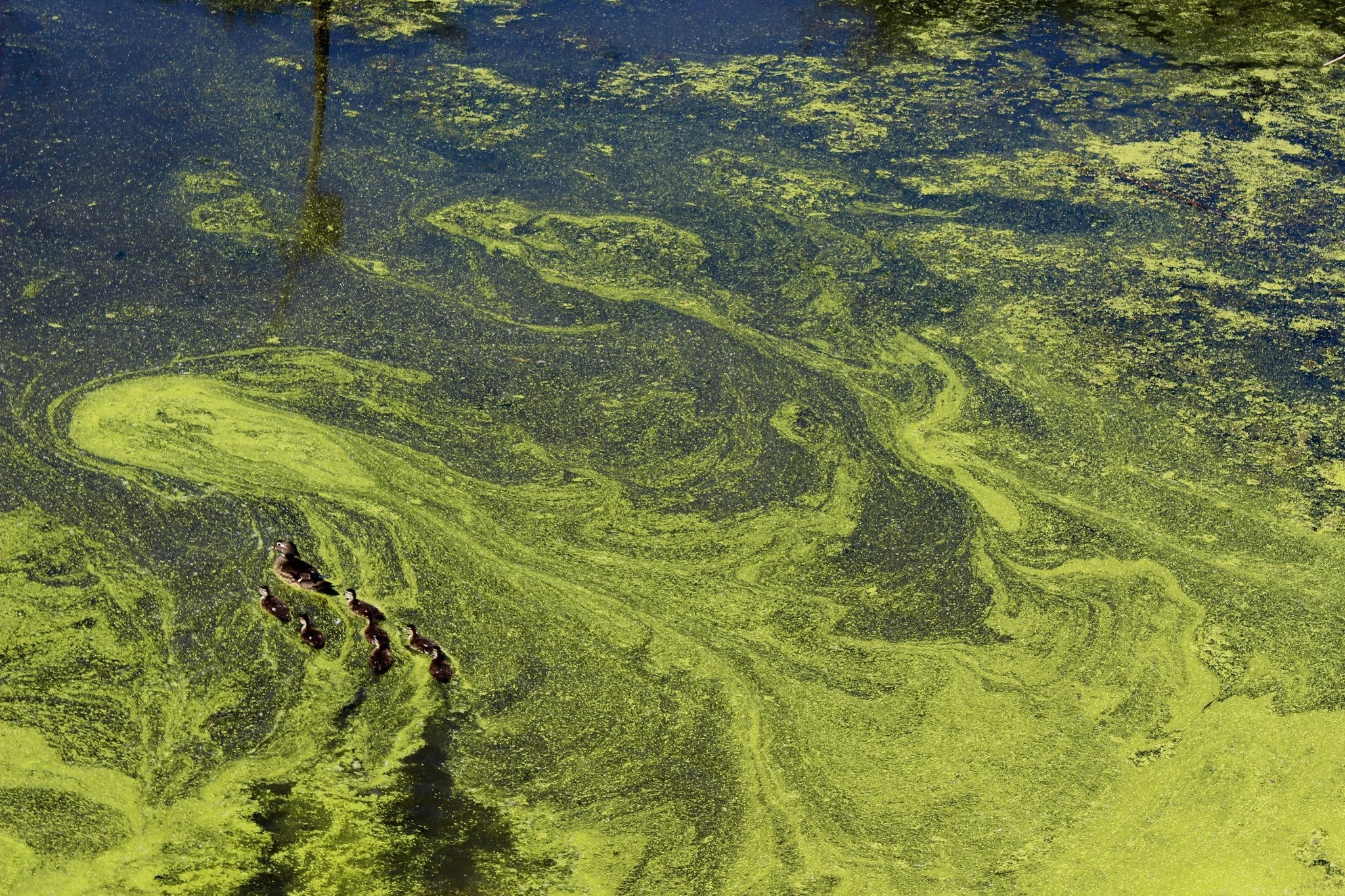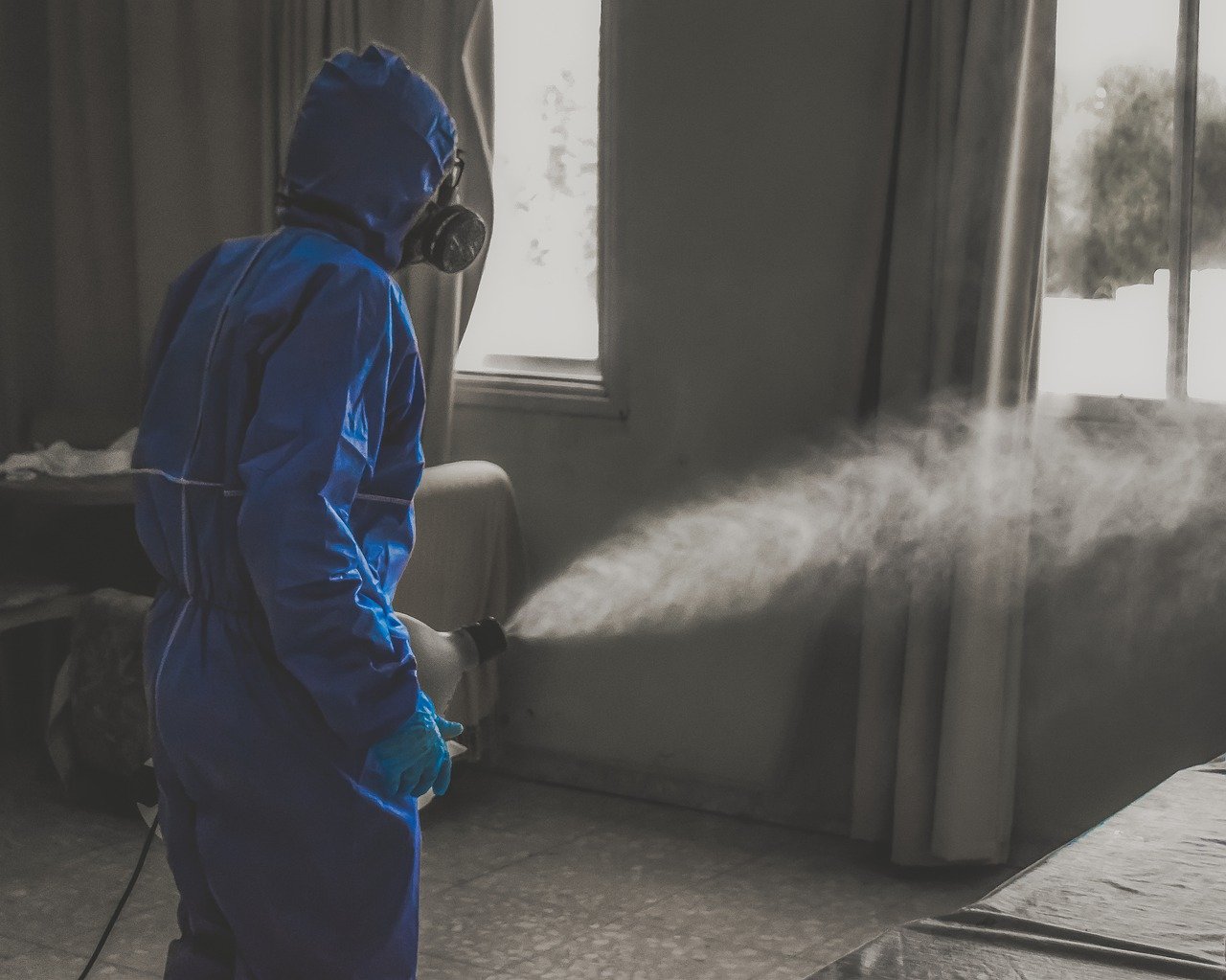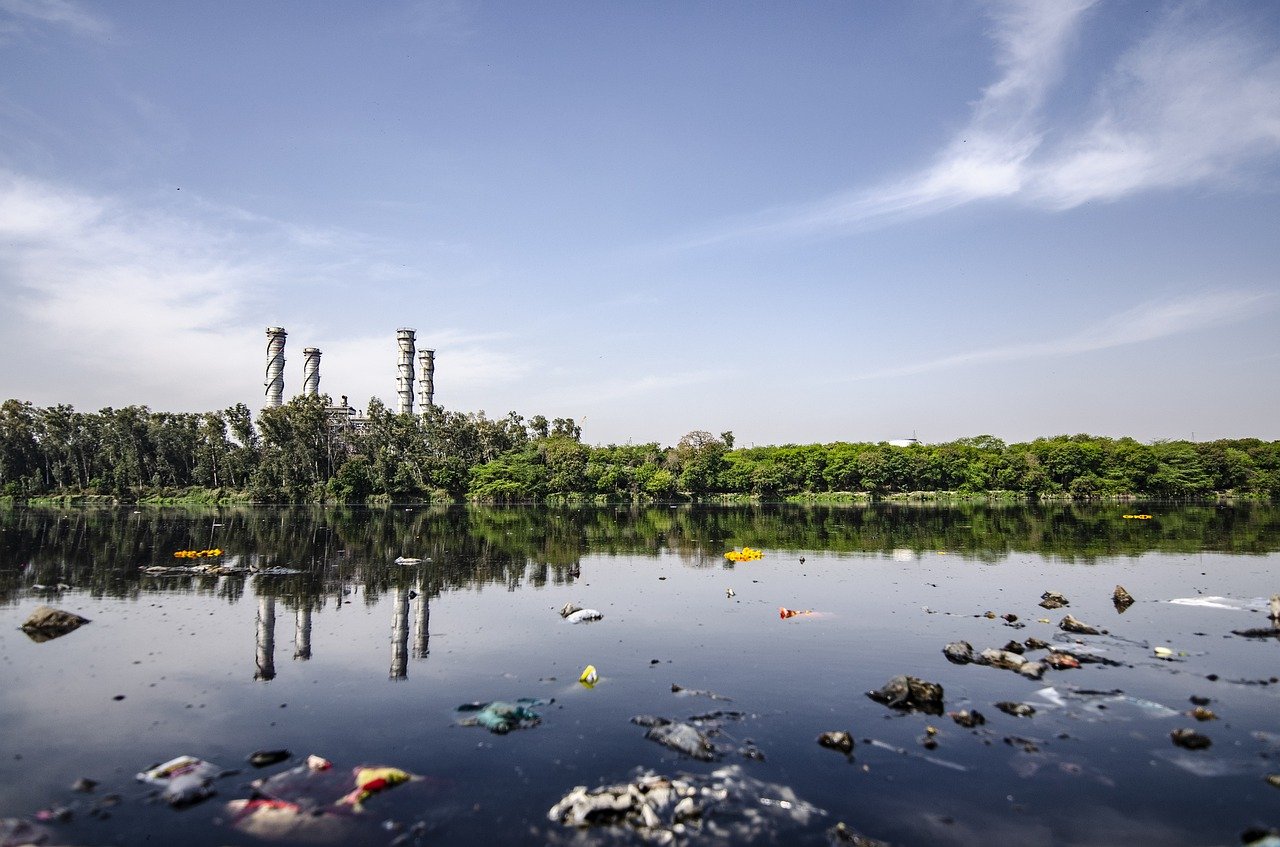
Beaches, Rivers, Reservoirs, and More
Continuously monitor public water sources to issue timely beach closures and keep vulnerable populations safe from waterborne diseases.
Swimming in contaminated water can pose public health hazards, especially to children and the elderly. Individuals may be infected if contaminated beach water is accidentally consumed or comes into contact with open wounds.
Although most public beaches are required to undergo E. coli testing, standard detection methods take hours or days to complete. This delay makes it impossible to report E. coli levels on the same day the sample is collected, presenting challenges in ordering effective closures or alerts.
Even after contamination is identified, E. coli levels must be monitored daily to determine when it is safe to re-open the area. With current detection limitations, the water may be safe for days before the beach actually re-opens.

KRAKEN™ pathogen detection platforms can continuously monitor any water source for bacteria in real time. The KRAKEN™ uses rapid pathogen detection sensors to identify pathogens in just 60 minutes, ensuring closures can be issued immediately to reduce the health risks associated with bacterial contamination.
Our pathogen detection systems are easy to set up, only requiring WiFi/GSM network and power. With our fully autonomous water sampling capabilities, no sample preparation is required, ensuring critical water quality data is always available.
Fill out the form below to download the KRAKEN™ Beach Water brochure.
Agricultural runoff introduces harmful substances into natural water systems, impacting aquatic ecosystems and human health.
Regular tests miss the source of water pollution. Microbial Source Tracking identifies human, animal, or wildlife waste, protecting our water supply.
Harmful algal blooms can have devastating effects on aquatic ecosystems and human health.
Water is a vital resource for all living organisms, but it can also serve as a breeding ground for various pathogens. Understanding these pathogens and their risks is crucial for safeguarding water supplies and preventing waterborne diseases.
Recreational water activities can harbor pathogens that pose a significant risk to children's health. Real-time water monitoring allows for the early detection of harmful pathogens, leading to prompt action and preventive measures.
Coastal waters can harbor various disease-causing pathogens and pollutants. To ensure the safety and well-being of beachgoers, it is crucial to understand the risks associated with coastal waters and implement effective prevention strategies.
Fecal indicator bacteria alert of potential contamination in water sources, indicating that disease-causing pathogens may be present. They play a crucial role in water quality monitoring and are important for protecting human health and the environment
